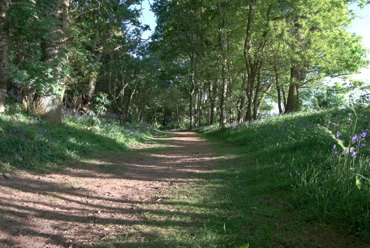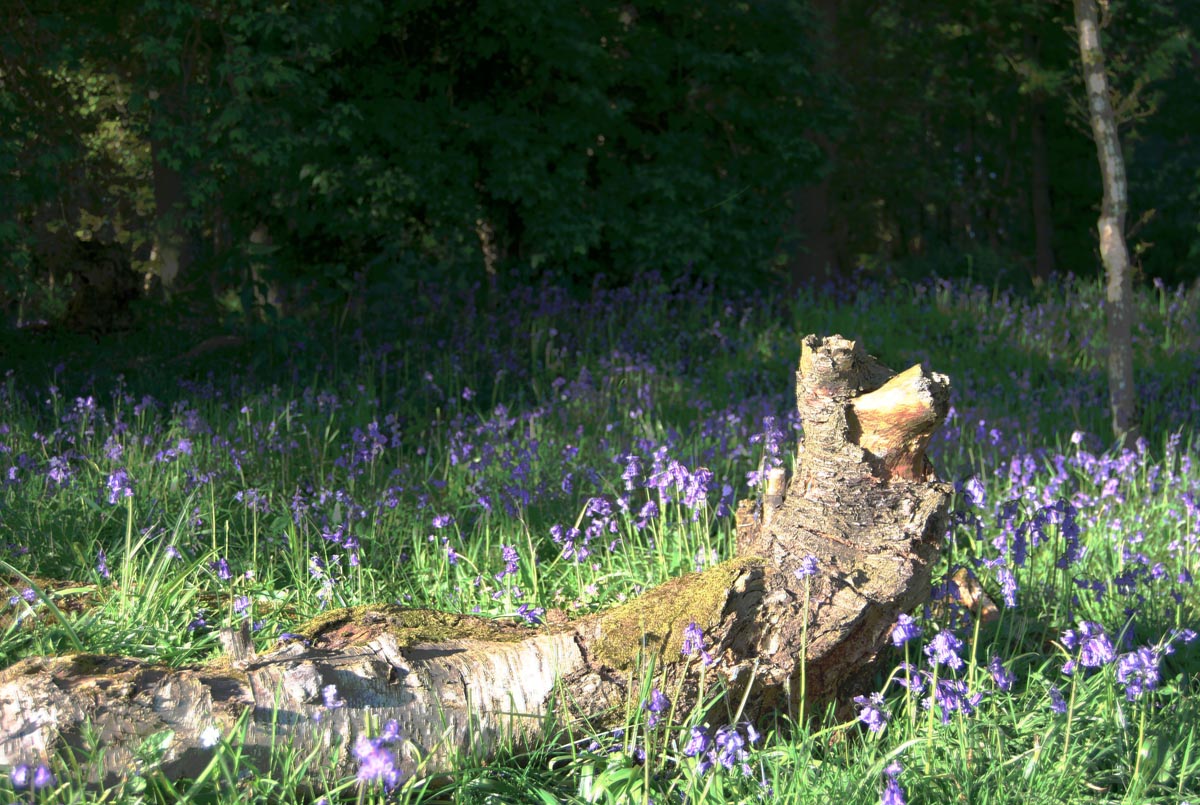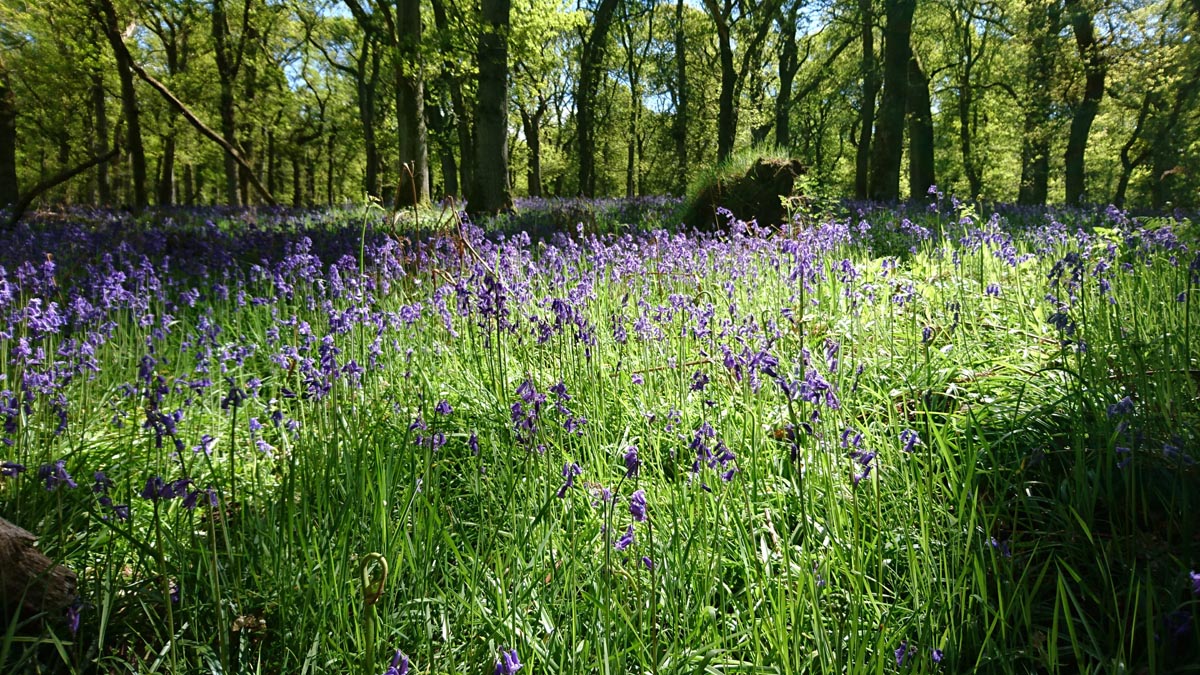Our Heritage Timeline
Blairgowrie Path Network: Bluebell Woods (Darroch Woods)

Article Details
- Date:
- 2014 Blairgowrie Path Network: Bluebell Woods
Categories
Blairgowrie Path Network: Bluebell Woods (Darroch Woods)
‘To walk in nature is to witness a thousand miracles’ -Mary Davis.
Large numbers of bluebells are often an indicator of long established woodland and the intense blue violet haze that carpets Darroch Wood in May is an unforgettable sight.
Residents of and visitors to the Blairgowrie and Rattray area are fortunate to be able to enjoy walks along recognised pathways. In 2014 Perth and Kinross Council along with Perth and Kinross Countryside Trust published a leaflet entitled Explore Blairgowrie Path Network available to download at
You can download the path network map here.
The walks detailed vary in length from the Bluebell Wood 2miles/3km to the Cateran Trail 64miles/103km.
READ OUR CATERAN TRAIL ARTICLE
The Bluebell Wood walk can be enjoyed at any time of year, but the very best time is during the month of May.
You can take a walk round Darroch Wood on our YouTube channel here: https://youtu.be/jl6LVLFlo9A

Bluebell Wood is otherwise known as Darroch Wood, the name comes from the Gaelic for ‘oak’. The woodland consists mainly of coppiced oak with some larger uncoppiced oak trees around the edges. Coppicing refers to the practice of regularly cutting trees at or just above ground level to obtain roughly equal and straight branches. Though little practiced now, coppicing was popular in the 18th and 19th centuries in Scotland. Commonly, a coppiced woodland would be cut every 20 to 21 years to produce regular supplies of timber, charcoal and bark for tanning.
Oaks support over 400 species of insects and fungi, more than any other kind of British tree, and these species in turn attract a wide variety of feeding birds and other wildlife. Large numbers of bluebells are often an indicator of long established woodland and the intense blue violet haze that carpets Darroch Wood in May is an unforgettable sight.

Please note that it is very important that visitors stick to the path to avoid trampling the bluebells. If damaged bluebells can take years to recover.
The native bluebell is a protected species under the Wildlife and Countryside Act 1981.
OBSERVE THE SCOTTISH OUTDOOR ACCESS CODE AT ALL TIMES.
Previous Page
